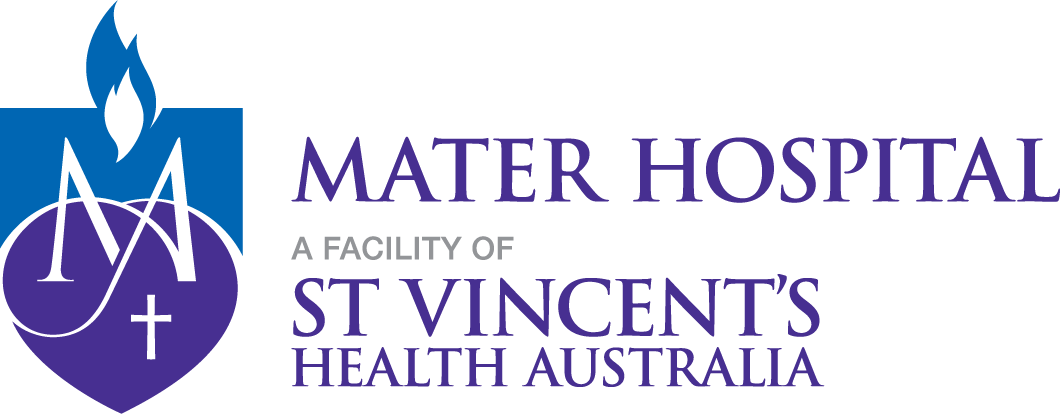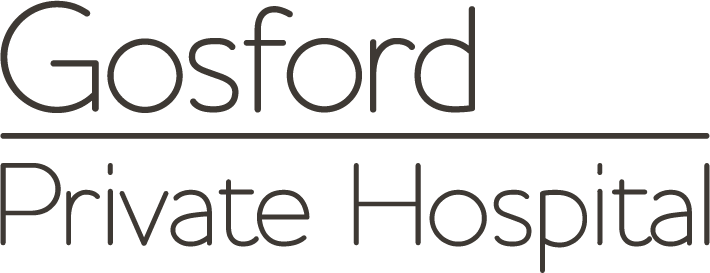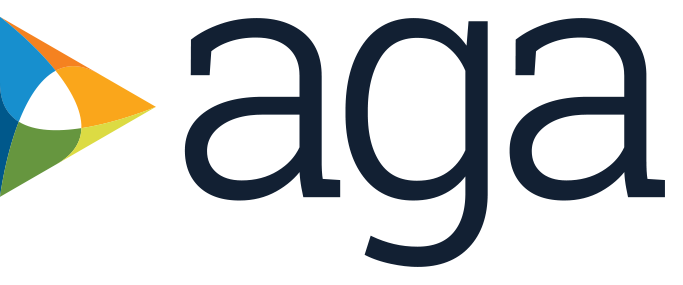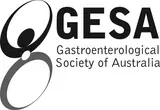Oesophageal Dilatation
What is Oesophageal Dilatation?
Oesophageal dilatation is a procedure used to stretch or widen a narrowed area of the oesophagus. The oesophagus is the muscular tube that connects your throat to your stomach, allowing food and liquids to pass through. In some cases, this passage can become narrowed or constricted, leading to difficulty swallowing, pain, or discomfort when eating or drinking. This condition is known as oesophageal stricture.
Who is Suitable for Oesophageal Dilatation?
This treatment is generally recommended for people experiencing difficulty swallowing due to a narrowing in the oesophagus. Patients often describe the sensation as food getting stuck in the chest or throat. Some individuals may also experience chest pain, unintentional weight loss resulting from reduced food intake, or regurgitation of food and liquids.
Patients who may be suitable for oesophageal dilatation include those diagnosed with:
- Benign oesophageal strictures due to chronic acid reflux
- Eosinophilic esophagitis (an inflammatory condition)
- Schatzki rings (thin rings of tissue in the lower oesophagus)
- Achalasia (a condition where the oesophagus has trouble moving food into the stomach)
- Narrowing due to injury, surgery, or radiation therapy
- Strictures from ingesting caustic substances
Benefits of Oesophageal Dilatation
The main benefit of oesophageal dilatation is relief from the symptoms caused by a narrowed oesophagus. These symptoms can significantly impact quality of life, making eating and drinking difficult or even painful. After the procedure, most patients experience:
- Improved ability to swallow food and liquids
- Reduced sensation of food getting stuck in the chest or throat
- Less discomfort or pain when eating
- Improved nutritional intake and overall well-being
- In some cases, reduced need for long-term medications or further treatments
Types of Oesophageal Dilatation
There are two main types of oesophageal dilatation used in clinical practice. The choice of technique depends on the nature of the stricture, the doctor’s preference, and the patient's specific circumstances.
- Balloon dilatation: This method uses a deflated balloon that is inserted into the oesophagus through the endoscope. Once in place at the site of narrowing, the balloon is gradually inflated to stretch the stricture. This technique allows for controlled and even pressure during the procedure. The balloon is then deflated and removed after a short period of time.
- Bougie (tapered dilator) dilatation: In this method, a series of flexible, tapered tubes called bougies are passed through the mouth and into the oesophagus. Each dilator is slightly wider than the previous one, gradually widening the narrowed area. This technique may or may not be guided by an endoscope, depending on the location and severity of the stricture.
Both methods are effective and safe. In some cases, the gastroenterologist may combine these techniques or use other specialised tools depending on the complexity of the stricture. The procedure is usually done with sedation or light anaesthesia to ensure the patient is comfortable.
Alternative Options to Oesophageal Dilatation
While oesophageal dilatation is a common and effective treatment, it may not be suitable for everyone. Some individuals may require alternative or additional therapies depending on the underlying cause of their oesophageal narrowing.
- Medication management: If acid reflux contributes to the stricture, proton pump inhibitors (PPIs) or other acid-reducing medications may help manage symptoms and prevent further narrowing. In cases of eosinophilic esophagitis, corticosteroids or dietary changes may be recommended.
- Surgery: In severe or complex cases where dilatation is not effective or if there is a structural abnormality that cannot be corrected with dilatation, surgery may be needed. This might involve removing the narrowed section or performing a more complex repair.
- Stent placement: In some patients, especially those who are not candidates for surgery or who have recurrent strictures, a stent (a small tube) may be placed in the oesophagus to keep it open. This is more commonly used in cancer-related strictures but may be used in select benign cases.
- Dietary adjustments: Individuals with ongoing swallowing difficulties may benefit from consulting a dietitian or speech pathologist. Modifying the texture of food or following a special diet can help reduce discomfort and ensure proper nutrition.
- Lifestyle changes: Avoiding smoking, alcohol, and foods that trigger acid reflux may also help prevent further narrowing of the oesophagus.
What to do Before an Oesophageal Dilatation?
Before undergoing oesophageal dilatation, your gastroenterologist will usually schedule a consultation to explain the procedure and answer any questions you may have. You may also undergo diagnostic tests, such as an endoscopy, a barium swallow, or a CT scan, to confirm the exact location and cause of the stricture.
Patients are typically asked to fast for six to eight hours before the procedure. This means no food or drink, including water, to reduce the risk of complications during sedation. Your doctor will give clear instructions on stopping eating and drinking.
If you are taking medications, particularly blood thinners, diabetes medications, or heart medicines, inform your doctor beforehand. Some medications may need to be adjusted or paused temporarily.
You will also need someone to accompany you on the day of the procedure, as you won’t be able to drive or travel alone immediately after sedation.
What Happens During an Oesophageal Dilatation?
Oesophageal dilatation is usually performed as a day procedure in a hospital or outpatient clinic. You will be given light sedation or anaesthesia to ensure comfort and help you relax. A mouthguard may be placed to protect your teeth and the endoscope.
Once you are sedated, the doctor will insert an endoscope—a thin, flexible tube with a camera—through your mouth and down into the oesophagus. This allows the doctor to clearly view the narrowing and guide the dilatation process.
The stretching is done carefully to avoid tearing or injury. The entire procedure usually takes about 15 to 30 minutes. Once completed, the instruments are removed, and you will be moved to a recovery area until the sedation wears off.
What to Expect After an Oesophageal Dilatation?
After the procedure, you may feel groggy or sleepy due to the sedation. It’s normal to experience mild discomfort in the throat, chest, or upper abdomen for a day or two. You might also notice slight difficulty swallowing or a sore throat immediately after the procedure.
Your doctor usually advises starting with clear liquids and gradually reintroducing soft foods before returning to your regular diet. Most people can resume normal activities within 24 hours, although it is recommended to avoid driving or operating machinery for the remainder of the day.
Follow-up is essential, especially if you have a recurring condition. Your doctor will discuss whether repeat dilatations are needed and may also recommend medications, such as acid suppressants, to prevent further narrowing.
If you experience severe chest pain, fever, vomiting, or difficulty breathing after the procedure, seek medical attention immediately, as these could be signs of a complication.
Oesophageal Dilatation Prognosis
For many patients, oesophageal dilatation provides significant and long-lasting relief from symptoms such as difficulty swallowing. The success of the treatment depends on the cause and severity of the narrowing.
In cases where the stricture is caused by acid reflux or inflammation, combining dilatation with medication management can help maintain good results over time. Some patients may need multiple procedures over several months or years, especially if the condition is chronic or recurrent.
Overall, most people report an improvement in quality of life and eating habits after treatment. With proper medical care and follow-up, the long-term outlook is generally favourable.
Oesophageal Dilatation Risks
Oesophageal dilatation is considered a safe procedure, but like any medical treatment, it carries some risks. Most complications are rare, but they can include:
- Tearing or perforation of the oesophagus
- Bleeding
- Infection
- Reaction to sedation or anaesthesia
- Recurrence of the stricture requiring further treatment
The risk of a serious complication such as perforation is estimated to be less than 1 in 100 cases, primarily when performed by an experienced gastroenterologist. You can reduce your risk by following your doctor’s instructions before and after the procedure.
What if Oesophageal Dilatation is Delayed?
Delaying oesophageal dilatation can lead to worsening symptoms and potential complications. As the narrowing becomes more severe, swallowing food and liquids may become increasingly complex, affecting nutrition and overall health.
Untreated oesophageal strictures can lead to:
- Progressive weight loss
- Dehydration
- Malnutrition
- Aspiration of food into the lungs
- Increased risk of choking
- Development of further inflammation or ulcers
In cases where the stricture is caused by an underlying disease, such as gastroesophageal reflux disease (GORD) or eosinophilic esophagitis, delaying treatment may allow the condition to progress and cause further damage to the oesophagus.
If you are experiencing persistent difficulty swallowing or discomfort, it’s essential to seek medical advice promptly. Early diagnosis and treatment can prevent complications and improve your quality of life.



